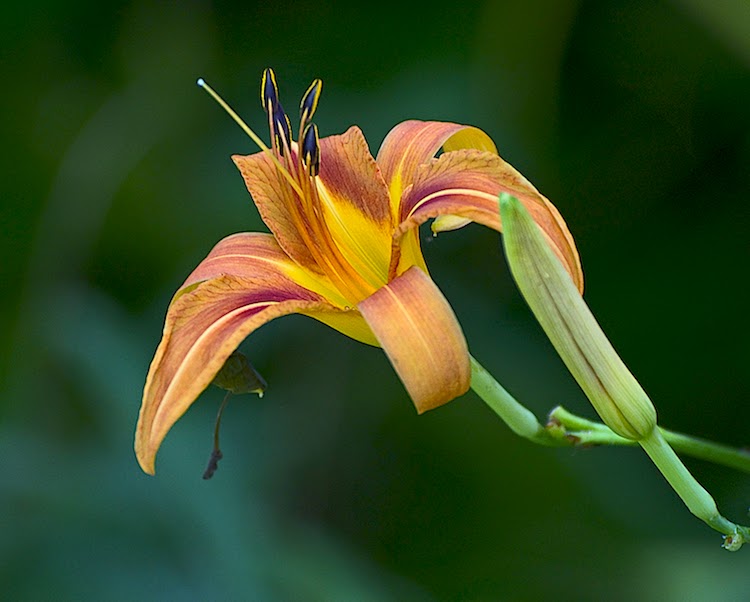Even when she was well into her eighties, my Grandma Williams remained a beautiful woman. Long, thick hair, once the color of spun gold, had turned a silken ivory. Her blue eyes were still the cornflower hue of an Appalachian summer sky. And in spite of more than half a lifetime working a hardscrabble farm, her fair-complected skin was only lightly wrinkled; even when she took me on her lap to tell me another story of the old days in the eastern-Kentucky mountains—of John Swift and his lost silver mine, or Jenny Wiley's capture by the Indians and her subsequent escape—you could see barely a faint tracery of fine lines.
I loved my Grandma. It's also true I saw her through a child's adoring eyes. But she didn't pass away until I was in my teens, so my memories aren't merely fondly colored. And I expect she's the reason I've never judged beauty by the criteria of youth and perfection. Neither in people nor objects. A thing doesn't have to be brand new and flawless to be lovely or valuable.
I thought of Grandma while photographing a few of the flowers in the yard yesterday. The pair of blooms above, and the single lily below are both flowers past their prime—aging, a little wilted along their edges…but still comely and elegant. Time has not sapped their grace, but simply added character. Can any of us ask for more?
___________






